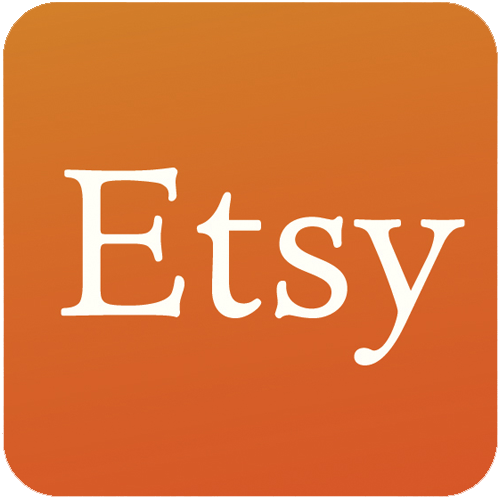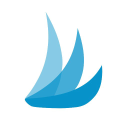How I Started A $15K/Month Hand-Drawn Embroidery Samplers Business
Hello! Who are you and what business did you start?
Hi! I’m Rebecca Ringquist. I’m an artist and entrepreneur living in Portland, Oregon.

In 2010 I was invited to teach a short workshop at Squam Lake, and I decided to design and print some embroidery samplers to take with me for the end of session craft sale. By chance, there were a few prominent bloggers at the end of the session sale who bought my sampler and posted about it. I returned from teaching to an inbox full of messages regarding that Original Sampler.
At the time I didn’t have any social media presence besides my personal art website. I was on vacation when the requests started streaming in, so I quickly opened a rudimentary Etsy shop using a borrowed dial-up connection.
Ten years later, that Original Sampler is by far the best seller and comprises at least 25% of yearly sales annually. Dropcloth...
Download the report and join our email newsletter packed with business ideas and money-making opportunities, backed by real-life case studies. Download the report and join our email newsletter packed with business ideas and money-making opportunities, backed by real-life case studies. Download the report and join our email newsletter packed with business ideas and money-making opportunities, backed by real-life case studies. Download the report and join our email newsletter packed with business ideas and money-making opportunities, backed by real-life case studies. Download the report and join our email newsletter packed with business ideas and money-making opportunities, backed by real-life case studies. Download the report and join our email newsletter packed with business ideas and money-making opportunities, backed by real-life case studies. Download the report and join our email newsletter packed with business ideas and money-making opportunities, backed by real-life case studies. Download the report and join our email newsletter packed with business ideas and money-making opportunities, backed by real-life case studies.


























